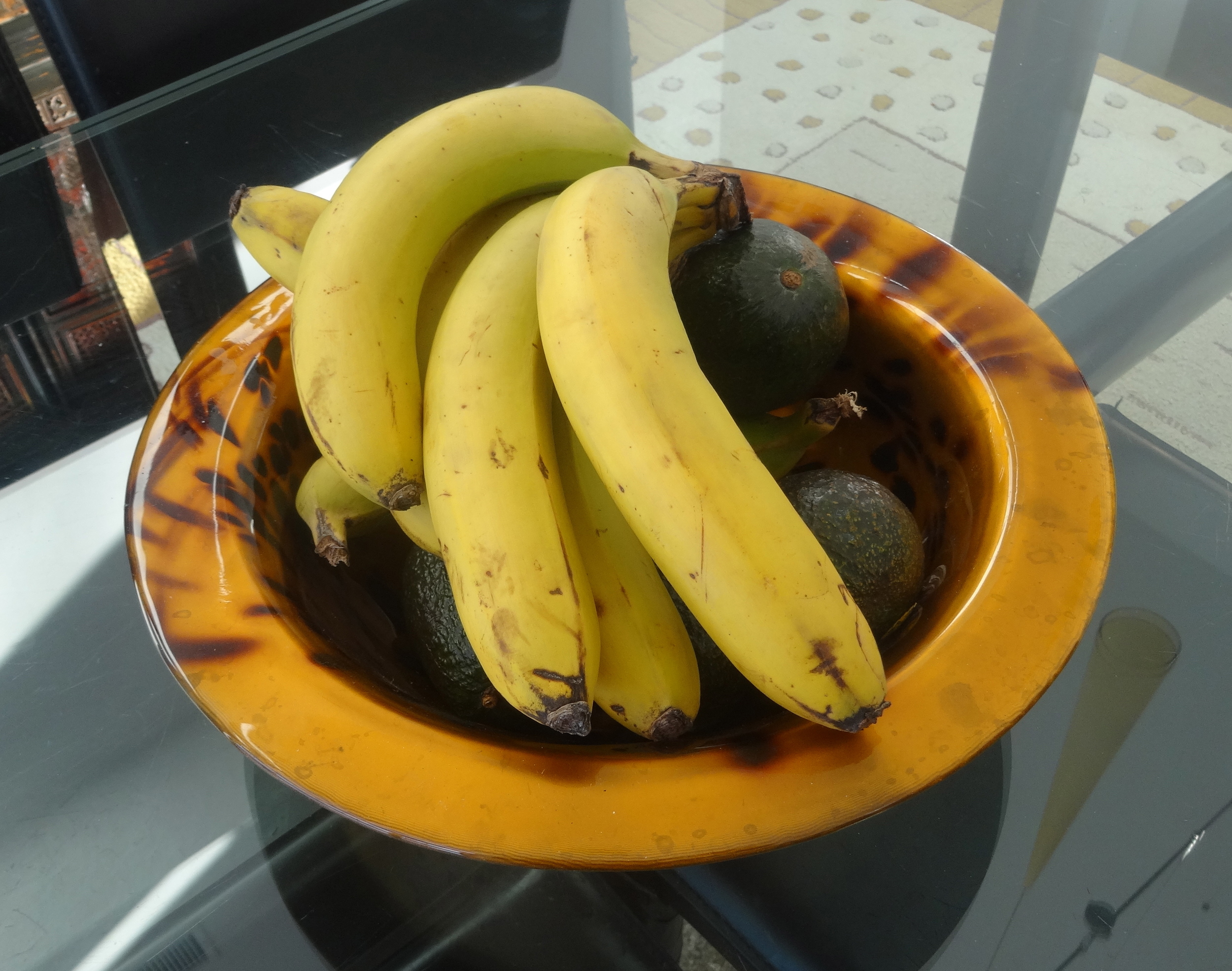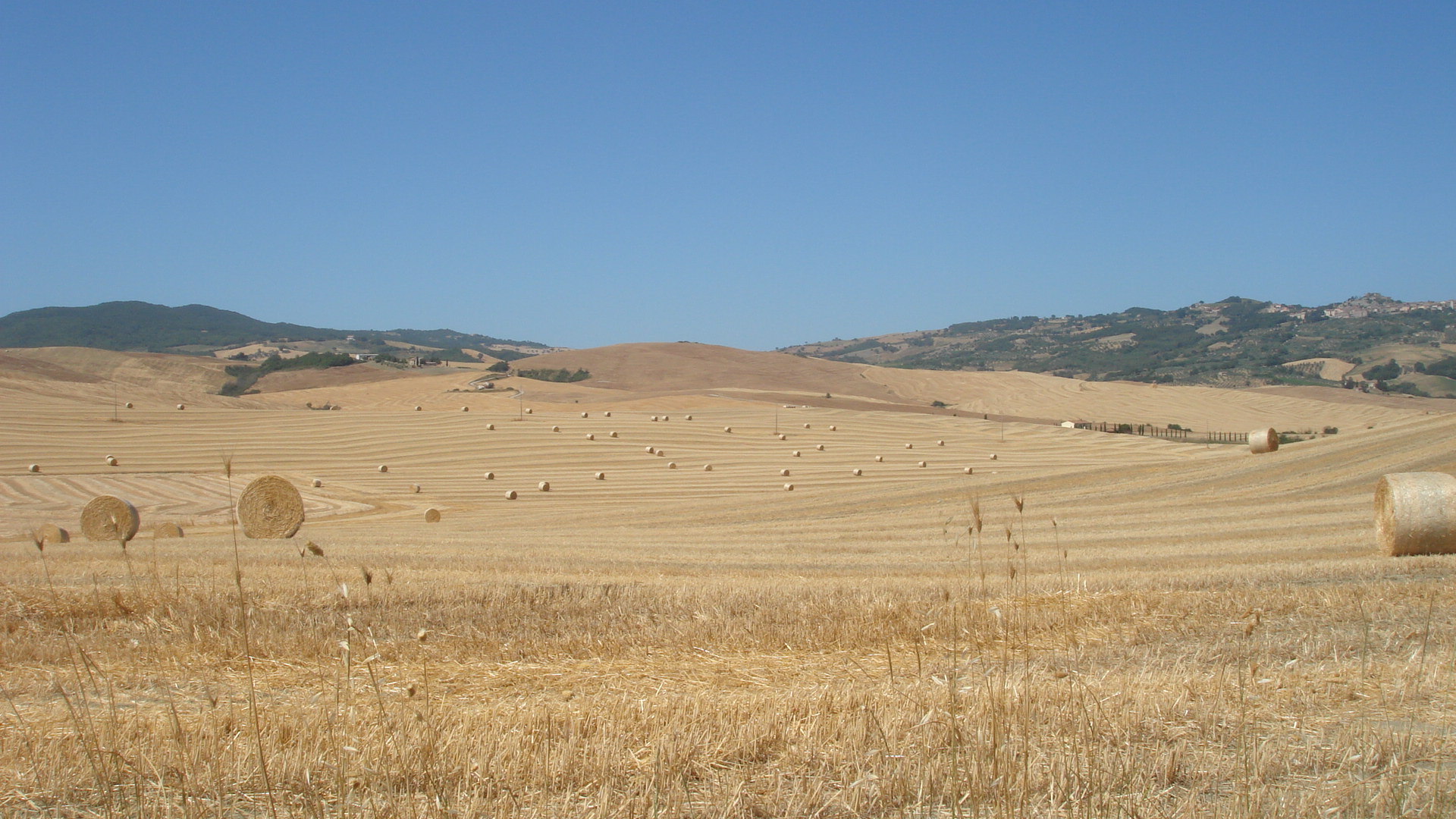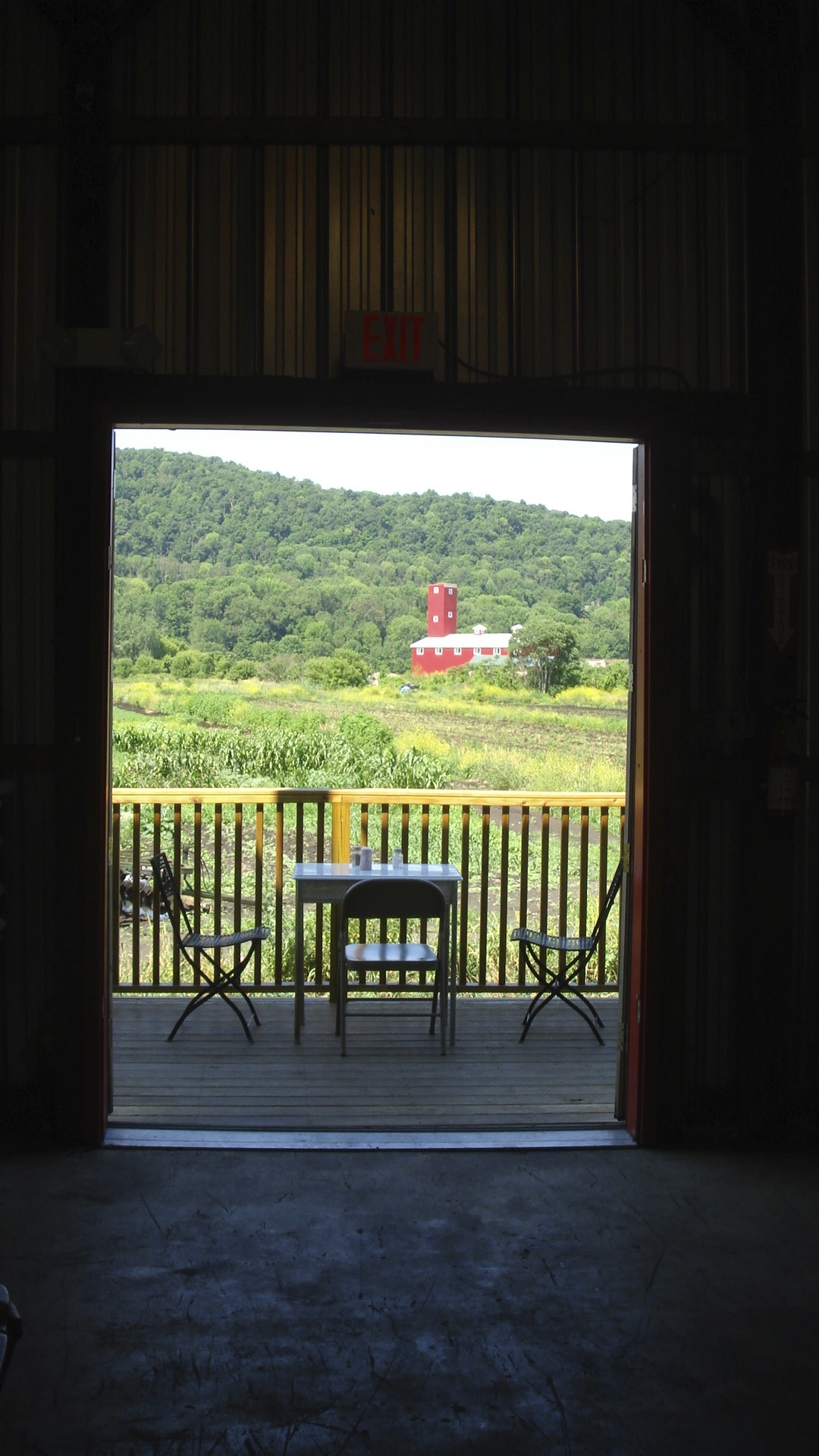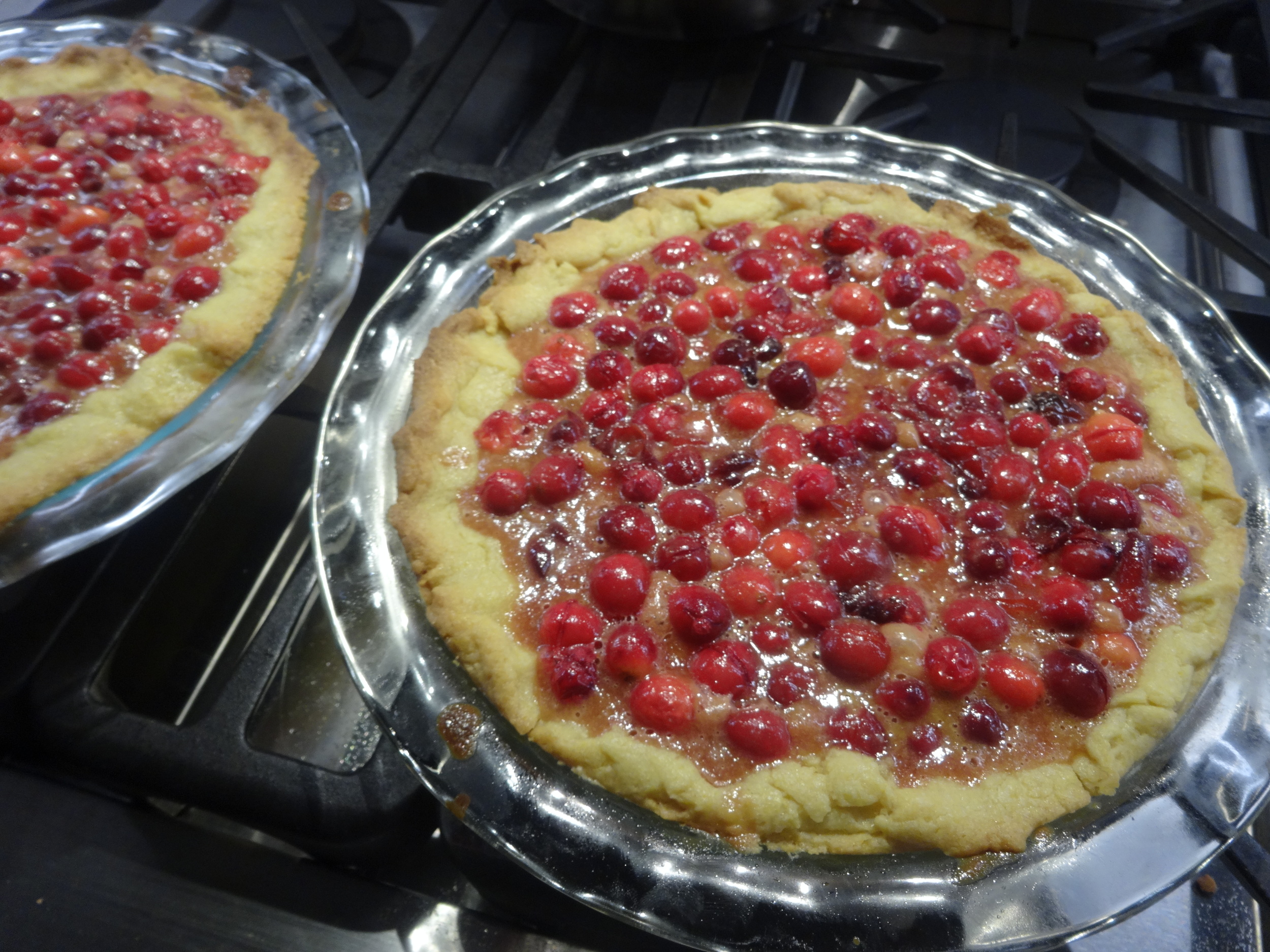 In case you hadn't guessed it yet, I love food. Food is so important in my life that I also decorate the house with it. Not all over, of course (no apple basket in the bedroom or kiwi display in the bathroom). I mean in the living/dining/kitchen area, where we are inspired to eat it or cook with it (and won't forget about it).
In case you hadn't guessed it yet, I love food. Food is so important in my life that I also decorate the house with it. Not all over, of course (no apple basket in the bedroom or kiwi display in the bathroom). I mean in the living/dining/kitchen area, where we are inspired to eat it or cook with it (and won't forget about it). When I return with lots and lots and lots of produce from our once-a-month food coop delivery, or from a trip to Trader Joe's to get my organic in-between-deliveries fruit, I pile it up on bowls and platters and display it on countertops and tables. I play with the colors of the produce and match, complement or juxtapose it with the colors of the vessels. The yellow leopard bowl goes well with the yellow of the bananas and the muted green avocados; I like the linear cardboard container the brownish-reddish kumato tomatoes lie in like peas in a pod just the way it is; and I picked the silver bowl this week for apples and kiwis next to the silver candle holders.
When I return with lots and lots and lots of produce from our once-a-month food coop delivery, or from a trip to Trader Joe's to get my organic in-between-deliveries fruit, I pile it up on bowls and platters and display it on countertops and tables. I play with the colors of the produce and match, complement or juxtapose it with the colors of the vessels. The yellow leopard bowl goes well with the yellow of the bananas and the muted green avocados; I like the linear cardboard container the brownish-reddish kumato tomatoes lie in like peas in a pod just the way it is; and I picked the silver bowl this week for apples and kiwis next to the silver candle holders. 
Especially now, towards the end of winter, when we are beginning to crave color, but are still a month away from the spring bulb flowers, produce colors look gorgeous. Don't hide it in the fridge, play with it, display it, celebrate and enjoy it.












